Species Photo Gallery for Clastoptera proteus Dogwood Spittlebug 19 |
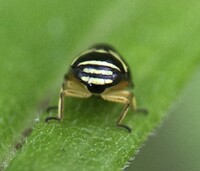 | Photo by: Ted Wilcox
Watauga Co.
Comment: unid_spittlebug | 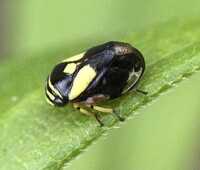 | Photo by: Ted Wilcox
Watauga Co.
Comment: unid_spittlebug |
 | Photo by: Ted Wilcox
Watauga Co.
Comment: unid_spittlebug |  | Photo by: Ted Wilcox
Watauga Co.
Comment: unid_spittlebug |
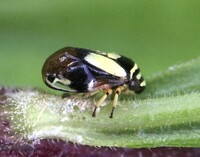 | Photo by: Ted Wilcox
Watauga Co.
Comment: unid_spittlebug |  | Photo by: Ted Wilcox
Watauga Co.
Comment: unid_leafhopper |
 | Photo by: Ted Wilcox
Watauga Co.
Comment: unid_leafhopper | 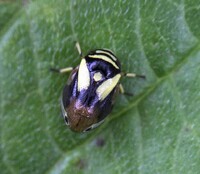 | Photo by: Ted Wilcox
Watauga Co.
Comment: unid_leafhopper |
 | Photo by: Ted Wilcox
Watauga Co.
Comment: unid_leafhopper | 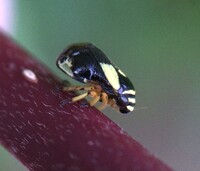 | Photo by: Ted Wilcox
Watauga Co.
Comment: unid_leafhopper |
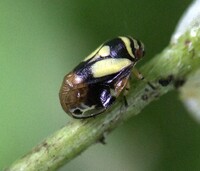 | Photo by: Ted Wilcox
Watauga Co.
Comment: unid_leafhopper |  | Photo by: Ted Wilcox
Watauga Co.
Comment: unid_leafhopper |
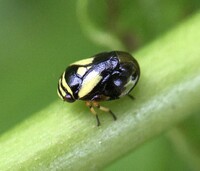 | Photo by: Ted Wilcox
Watauga Co.
Comment: unid_leafhopper | 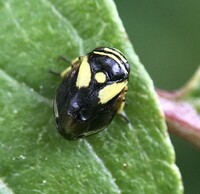 | Photo by: Ted Wilcox
Watauga Co.
Comment: unid_leafhopper |
 | Photo by: North Carolina State University Insect Collection
Montgomery Co.
Comment: | 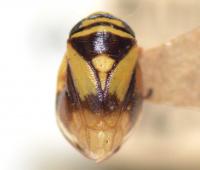 | Photo by: North Carolina State University Insect Collection
Montgomery Co.
Comment: |
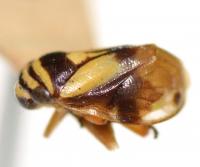 | Photo by: North Carolina State University Insect Collection
Montgomery Co.
Comment: |  | Photo by: North Carolina State University Insect Collection
Montgomery Co.
Comment: |
 | Photo by: North Carolina State University Insect Collection
Montgomery Co.
Comment: |

 »
»
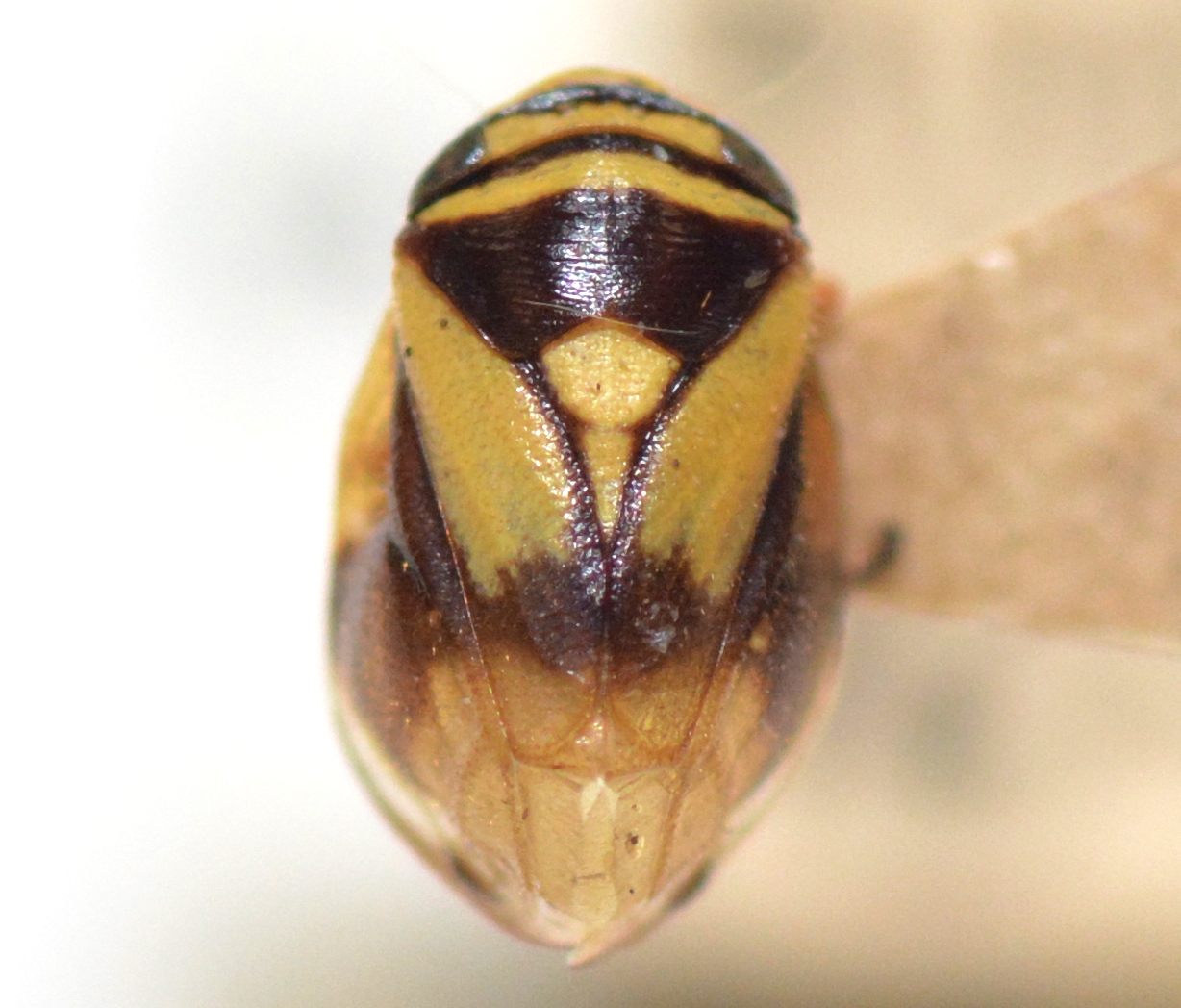

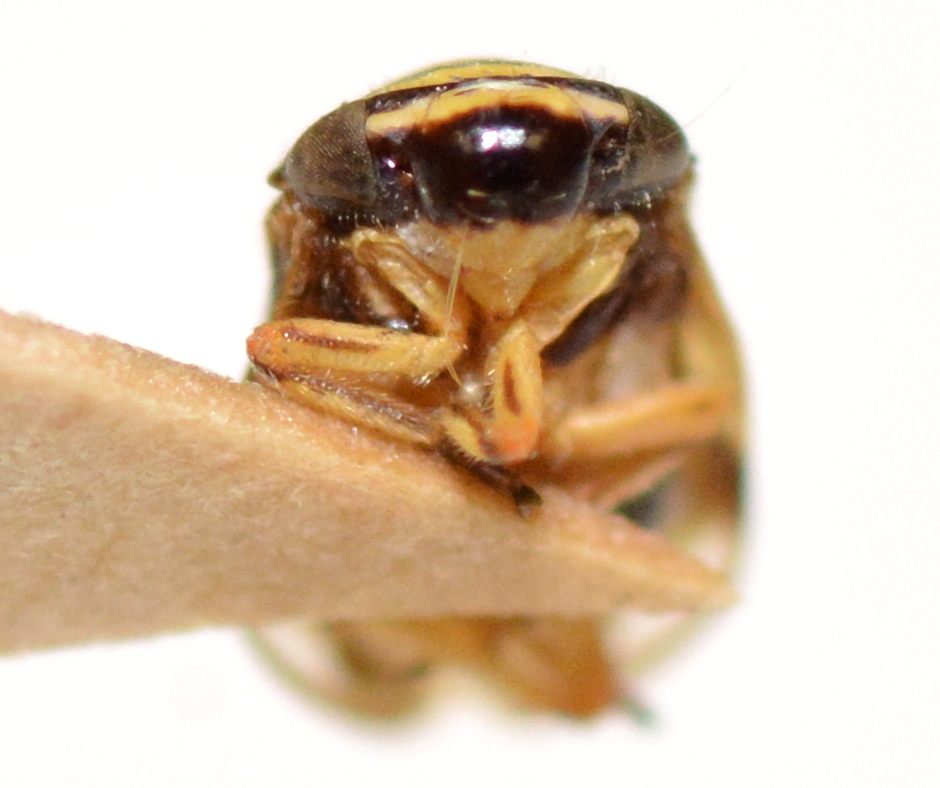

 »
»


